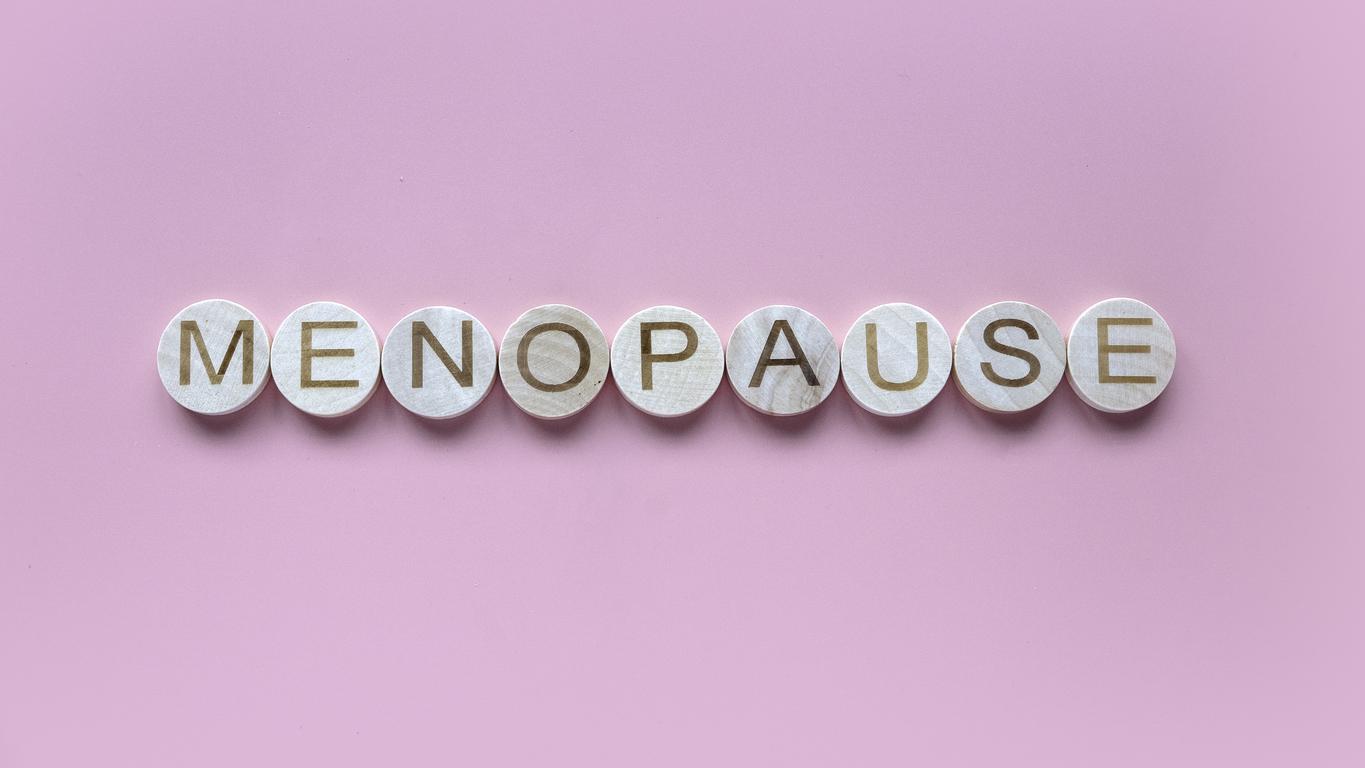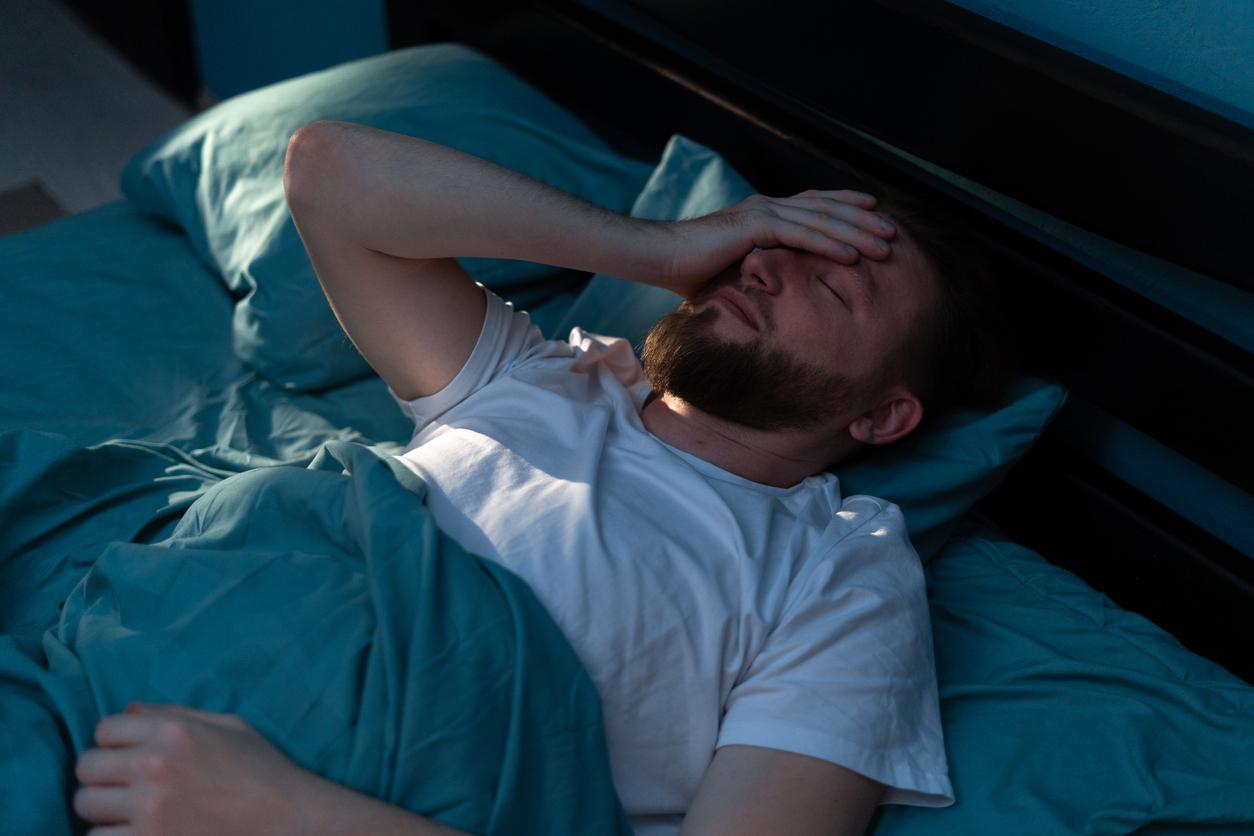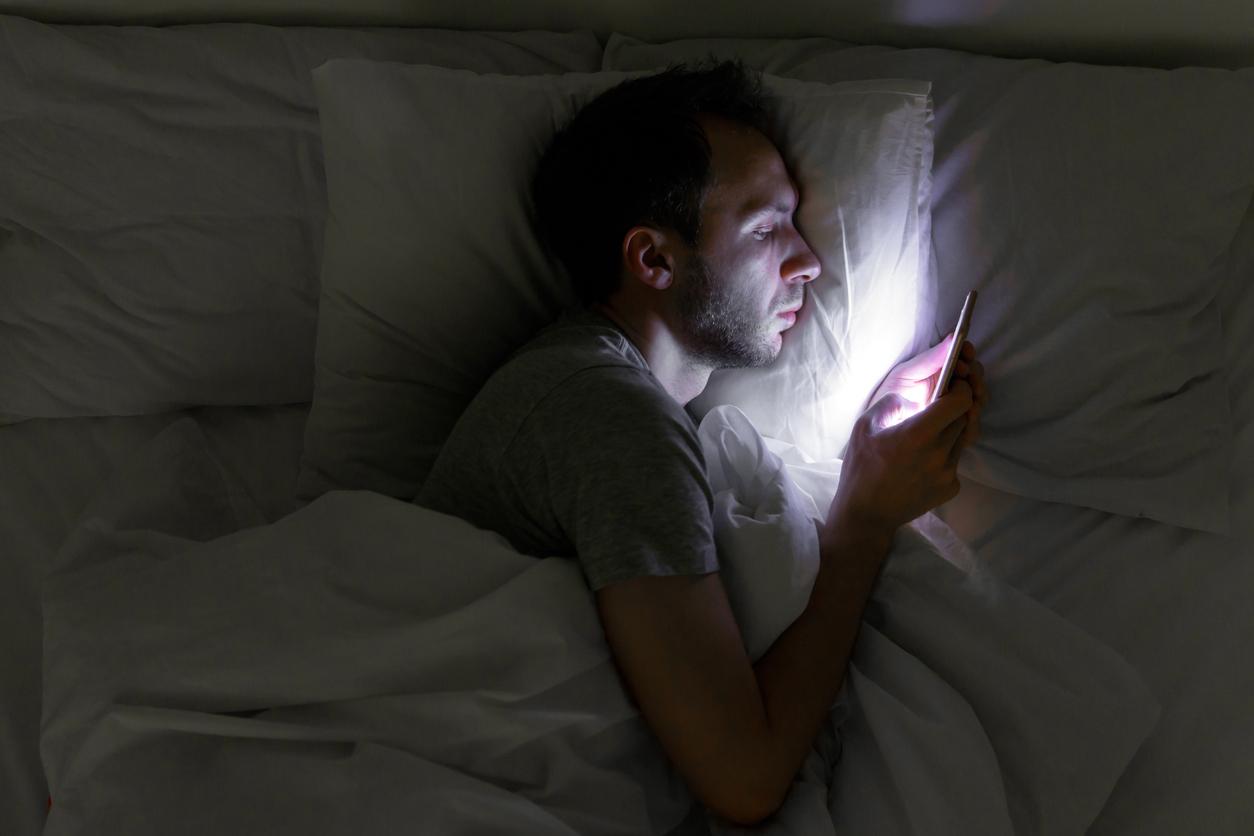The people concerned would be more exposed to pulmonary dysfunctions during the night.

- 75% of people with asthma suffer from nocturnal seizures.
- Circadian rhythms have as much influence on asthma as sleep.
- The lowest levels of lung function were detected around 4 a.m.
Breathing becomes difficult, then wheezing. Sometimes it is accompanied by coughing spells. These are the symptoms of an asthma attack, four million people suffer frequently in France. These crisis episodes are usually more frequent during the night. American researchers have studied this phenomenon in order to understand the influence of the circadian rhythm, our biological rhythm shared between phases of sleep and wakefulness, on asthma. The results of their work were published in The Proceedings of the National Academy of Sciences.
Two protocols to observe the effects of the circadian rhythm
To observe the influence of the circadian rhythm on asthma, ruling out that of sleep and other behavioral and environmental factors, the researchers recruited 17 people with asthma. None of them were being treated with steroid medications, instead they used bronchodilator inhalers whenever they felt their symptoms worsen. Two protocols were put in place: the first was called the “routine constant”, participants spent 38 hours awake continuously, in a fixed posture and in low light conditions, with identical snacks every two hours. The objective of this protocol was to eliminate all other factors having a potential influence on asthma, including sleep. In the second, the protocol of “desynchronization forced“, participants were placed on a recurrent 28-hour sleep/wake cycle for one week under low-light conditions.
A combination of factors
According to the researchers, the occurrence of asthma attacks at night is the result of several factors. “We have noticed that the people who have the most severe asthma are those who have the greatest disturbances in lung function, because of the circadian rhythm“, emphasizes Steven A. Shea, one of the authors of this study. Their research also made it possible to quantify the use of bronchodilator inhalers: people with asthma use them four times more at night, compared to during the day. authors, these results could lead to the creation of new treatments, capable of acting on the circadian rhythm or better following it, to reduce the risk of seizures.This could involve timed exposure to light or of medication determined according to the time, to reduce side effects and respect the circadian rhythm.

.

















